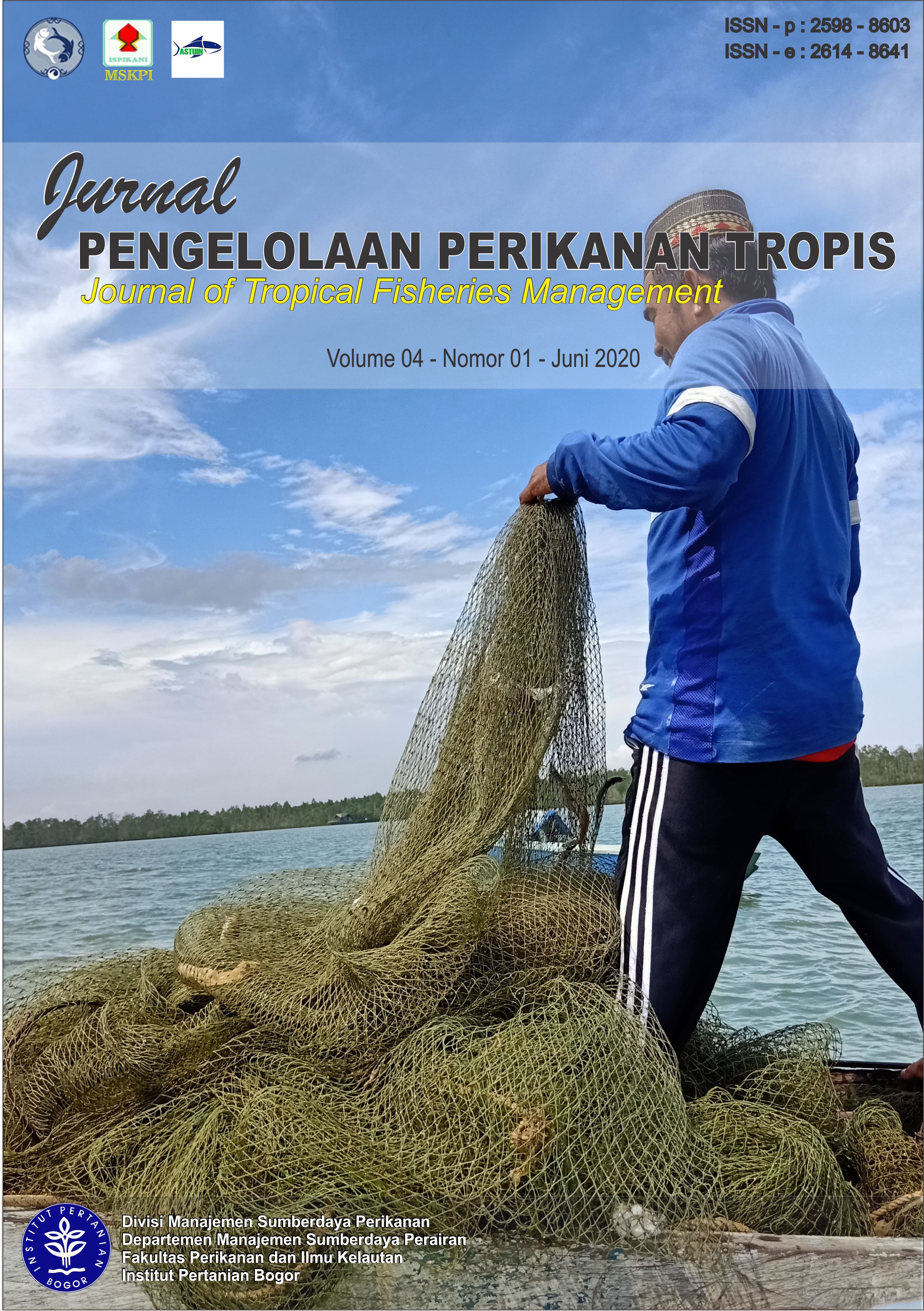Analysis of Ecobiology of Green Sea Turtle (Chelonia mydas) and its Threatening factors in Citirem and Hujungan Coasts, Cikepuh Wildlife Reserve, Sukabumi, Indonesia
Analisis Ekobiologi Penyu Hijau (Chelonia mydas) dan Faktor-Faktor Pengancamnya di Pantai Citirem dan Hujungan, Suaka Margasatwa Cikepuh, Sukabumi, Indonesia
Abstract
Green sea turtle (Chelonia mydas) is threatened species, included in the IUCN list with the endangered species category, and included in Appendix I in CITES which means that they are prohibited from being traded internationally. Cikepuh Wildlife Reserve located in Sukabumi Regency, West Java, is one of the conservation places where green sea turtles oftentimes lay their eggs. The objective of this study was providing useful baseline data of green sea turtle ecobiology and examine further factors that threaten their population. Serial observations were conducted annually since 2014 until 2018 by measuring the physical condition of coast and the morphological condition of green sea turtles. Results obtained from observations in each year showed the differences in total turtle nesting on both coast. In 2014, the nesting turtle ratio either in Citirem - Hujungan obtained as much as 15:1(111.5±1.64: 117 CCL / 97±0.36: 101CCW), while in 2018 is 4:0 (103.75±2.32:- CL / 93.75±3.92:- CCW). Citirem coast is overgrown with many kinds of beach crops such as Pandanaceae, while at Hujungan coast, this plant does not grow widely. The threatened factors of green sea turtle occurring in Cikepuh Wildlife Reserve is mostly anthropogenic activities and predation. This needs to be an important highlight that turtle conservation needs to be carried out by integrated stakeholders that to form good management.
Downloads
After the article is submitted and published in this journal, it is fully copyrighted by the Journal of Tropical Fisheries Management. If excerpts from other copyrighted works are included, authors must obtain written permission from the copyright owner and give credit to the source in the article. Then, authors or reader is allowed to copy, share, and redistribute articles/material in any form. But it must still include the appropriate source and credit because the article in this journal is licensed by Creative Commons Attribution 4.0 International License (CC BY 4.0).




1.png)








